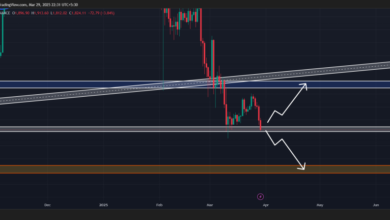Passenger safety vs. financial fallout: The true cost of hoax bomb threats for airlines

False bomb threats create a cascade of consequences that stretch far beyond a temporary disruption. While airlines prioritise safety above all else, these incidents come with a hefty price tag that extends beyond their control.
 By Madeeha Mujawar October 15, 2024, 12:08:21 AM IST (Published)
By Madeeha Mujawar October 15, 2024, 12:08:21 AM IST (Published)
On Monday (October 14), three international flights departing from Mumbai faced significant disruptions due to bomb threats. An Air India flight bound for New York was diverted to Delhi, while two Indigo flights heading to Muscat and Jeddah also received similar threats, causing widespread inconvenience for hundreds of passengers.
While these threats were ultimately false alarms, airlines are left with no choice but to take such incidents seriously for the sake of passenger safety. Unfortunately, the consequences of these threats go far beyond mere delays. The operational and financial impacts on the airlines are profound, and passengers experience stress and frustration.
Take, for instance, the Air India flight from Mumbai to New York. The flight, after being airborne, had to be rerouted to Delhi following the bomb scare. This caused the airline to push the flight’s departure for New York to the next day, while also accommodating passengers overnight in Delhi’s hotels. The cost of this diversion is staggering.
According to aviation insiders, the flight, already en route, would have flown for at least two additional hours. Given that operating costs, including fuel, crew, and catering, amount to approximately ₹12 lakh per hour, this alone would cost the airline an additional ₹24 lakh.
Moreover, because the flight had prepared for a transatlantic journey, it was necessary to dump around 70-80 tons of fuel before landing, which not only added to the expense but also raised environmental concerns.
In addition to immediate costs, there are logistical challenges. Flights at foreign airports are meticulously planned, so securing a new landing slot involves coordinating with multiple parties, potentially adding further delays. The 239 passengers on the Air India flight required accommodation, which costs approximately ₹12 lakh if calculated at a modest ₹5,000 per person. But the costs don’t stop there.
International ultra-long-haul flights, like the Mumbai-New York route, have crew duty limitations, meaning the airline now needs to arrange a new set of cockpit and cabin crew due to the extended delay. The ripple effect doesn’t just impact those on the current flight. Passengers waiting to board the Air India flight from New York to Mumbai will also face delays, requiring compensation and rescheduling.
Financially, the burden of such a disruption is enormous, but the intangible costs are equally significant. Passengers, many of whom are on critical journeys, face stress, anxiety, and unforeseen delays. For some, the delay could mean missing a job interview, a medical appointment, or even a family emergency. While these inconveniences are difficult to measure, they represent real costs borne by passengers who have no recourse but to wait.
In the end, false bomb threats create a cascade of consequences that stretch far beyond a temporary disruption. While airlines prioritise safety above all else, these incidents come with a hefty price tag that extends beyond their control.



